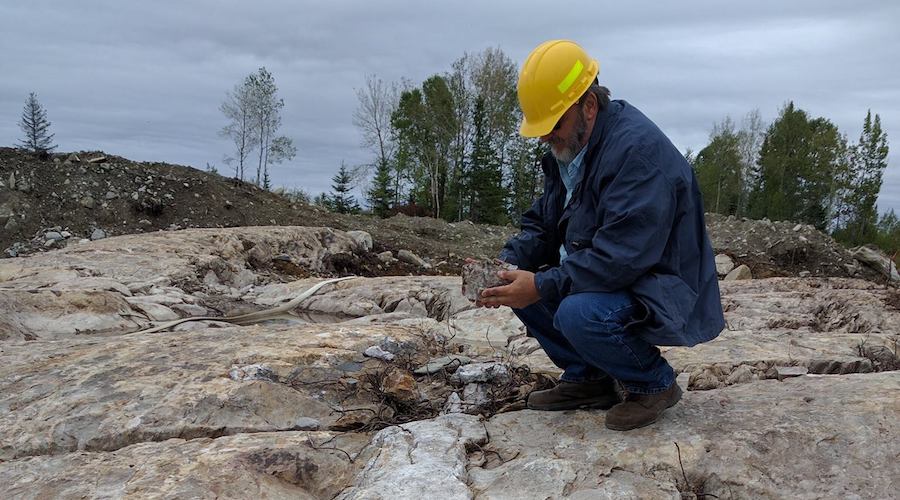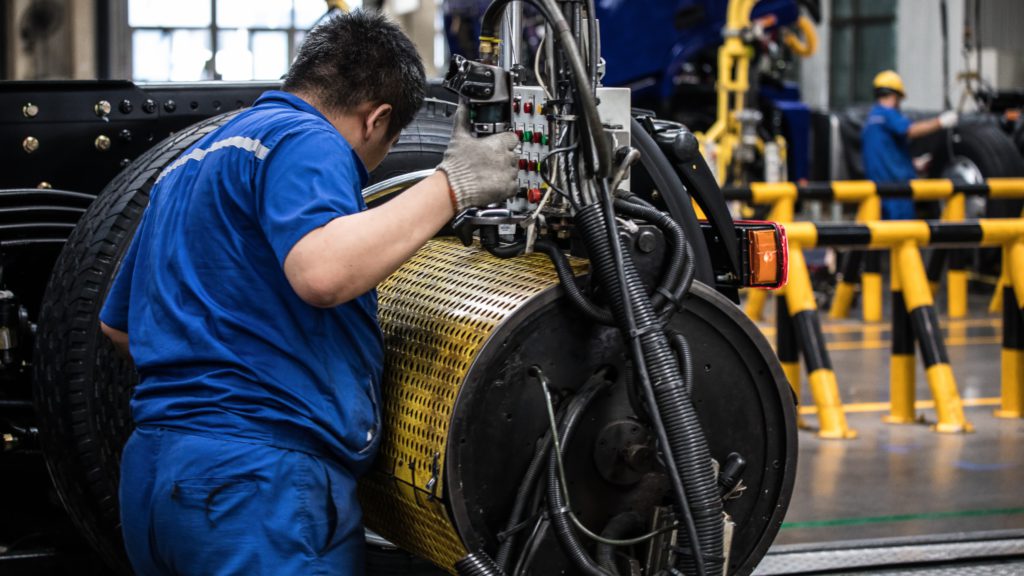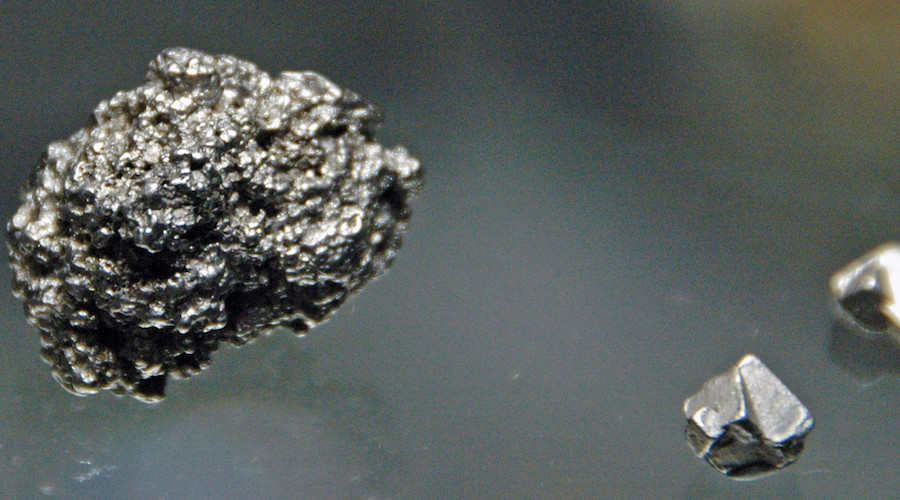Mining
Monday, July 18th, 2022 11:37 am EDT

NMG’s commercial-scale all-electric facilities are forecasted to produce coated spherical purified graphite (CSPG) – an anode material for lithium-ion batteries – with a global warming potential (GWP) of 1.23 kg carbon dioixde-equivalent per kilogram, an impact up to 92% less than that of benchmarked production.
NMG mandated CT Consultant, an LCA practitioner, to carry out the assessment for its graphite-based materials to obtain an assessment as it advances commercial discussions.
Delving into the projected production system for a vertically integrated value chain, the study examined the impacts on climate change, freshwater acidification, terrestrial acidification, freshwater eutrophication, marine eutrophication, photochemical oxidant formation and ozone layer depletion of five graphite-based products.
The LCA established an inventory of flows to and from nature by combining primary and secondary data collected for each process within NMG’s operating model. The inventory data was converted into environmental impacts using characterization factors from an established impact assessment method. The ISO 21930 standard was used for the distribution of impacts per life cycle stage.
The LCA also examined a hypothetical scenario with NMG’s production system parameters transposed in northeast China, where a large part of graphite-based products is manufactured, to evaluate the impact of Québec’s electricity grid mix on the environmental footprint of the company’s products.
In this assessment, NMG’s CSPG presents lower impact scores across all environmental categories compared to those that would be manufactured in China with the same extraction, concentration and processing technologies. Freshwater acidification and terrestrial acidification categories are approximately 90% less photochemical oxidant formation and climate change are approximately 95% less, while freshwater eutrophication, marine eutrophication and ozone layer depletion impacts are approximately up to half as much, the study showed.
In its report, CT Consultant noted that “these supplementary analyses and literature review show how the technology efficiency, energy grid mix and methodological issues have an influence over the lifecycle performance of natural graphite-based products.” Indeed, NMG’s choice of adopting all-electric technologies, from mining to advanced manufacturing, is set to help significantly reduce the environmental footprint of its products across their whole life cycle, the report stated.
Overall, the LCA demonstrated that NMG’s planned all-electric operations powered by renewable energy combined with clean processing technologies are set to generate advanced materials with an exceptionally low GWP, in line with global decarbonization efforts.
The results confirmed the low environmental impact of NMG’s products, thus supporting customers’ search for sources that reduce their Scope 3 greenhouse gas emissions and comply with increasingly stringent regulations. The study also provided insight to strengthen the company’s environmental efforts, continuous improvement and climate action.
“From responsible mining to eco-friendly advanced manufacturing, NMG is committed to providing the marketplace with a transparent, reliable and scalable supply of high-purity graphite materials. Positive results from the LCA confirm the environmental performance of our planned operations, processes and proprietary technologies, and further strengthen our ESG credentials,” Arne Frandsen, chairman of NMG, commented.
“Clean technologies are very mineral- and energy-intensive. Yet, we have now demonstrated that batteries can be assembled with environmentally-responsible materials,” Eric Desaulniers, founder, president and CEO of NMG, added.
This post has been syndicated from a third-party source. View the original article here.




